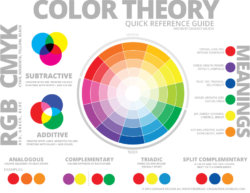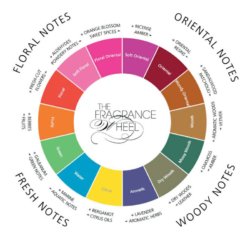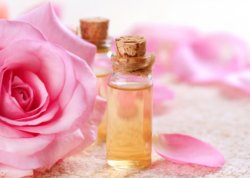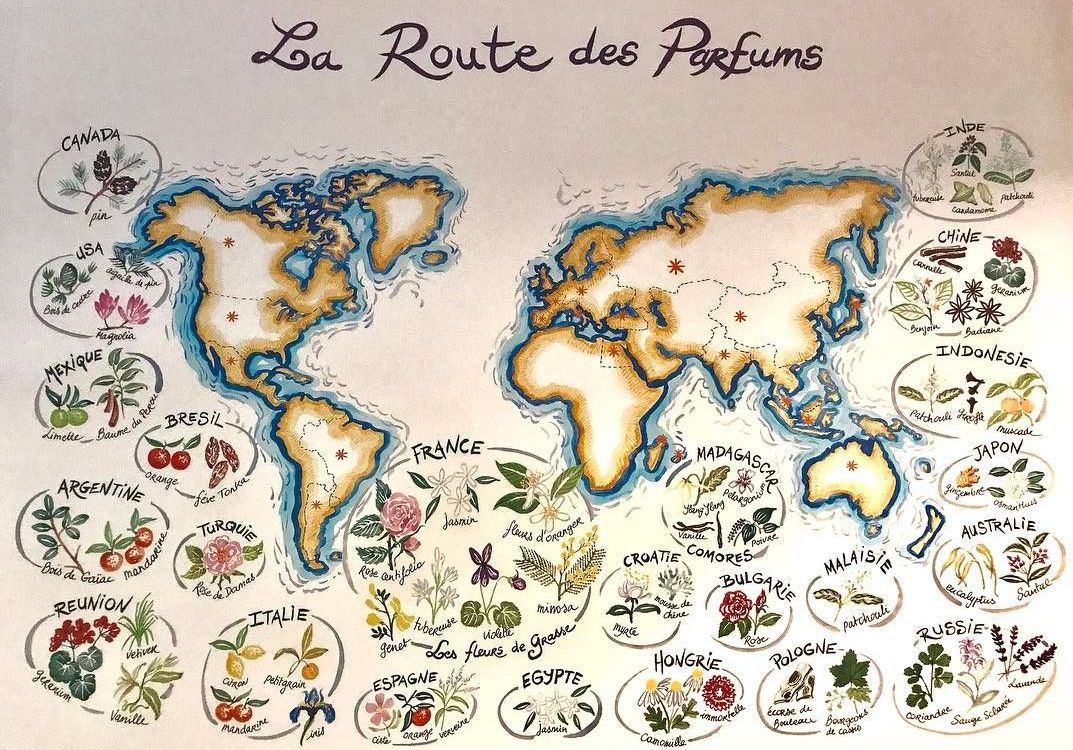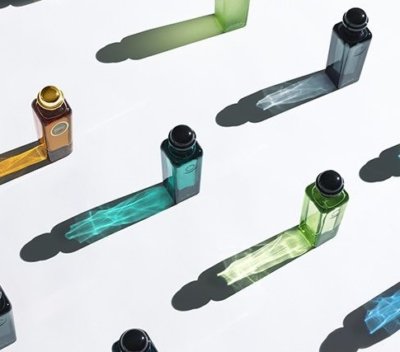
The importance of the colour of a perfume bottle, its design, and even the tint of the perfume itself cannot be overstated. Although the choice of colour in perfumery may seem merely another aesthetic decision, in fact the colour communicates something to the customer about the nature of the scent, suggesting whether they could identify with it. Perfumers have long known that a unique relationship exists between colour and fragrance, and that this affects people’s purchasing choices, although it is difficult to say exactly how. The psychological properties of colour have been extensively researched, and their importance seems to be determined by culture, tradition, and one’s individual sense of taste. First, however, let us consider the nature of colour and see why certain hues are perceived one way or another.
Colour Perception and Theory, or: Why it is not as Simple as it Seems
Colours, it appears, are universal; we all perceive and interpret them in a similar way. Of course, we each have our personal preferences, but we all seem to respond to particular hues in a similar way.
We can test this easily: focus on something blue for around 20 seconds, and then look at a white wall – can you still see the same shape, but in the opposite colour: orange? This is because each colour has its opposite on the colour wheel. If we stare at something red and then divert our gaze, we will see green, if we focus on violet, then we will see yellow.
Understanding the nature of our visual perception of colour, which seems to be shared among all humans, is like learning another language: it provides us with an alternative form of communication, one that proves effective even if we do not speak the same language. The nature of a particular perfume is closely bound to its colour, regardless of whether the tint is the natural result of the ingredients or has been added by the perfumer. Many perfumes would not be what they are, if not for their colours.
The Use of Colours in the Perfume Industry
The essential oils commonly used in perfumery each have their own unique colour. Most of them are light, even golden, while others retain some of the colour from the flower petals from which they are derived (rose oil, for example).
Most essential oils have subtle, even transparent hues. Some, however, have very intense shades, like grapefruit oil. Wood and root extracts, on the other hand, are mostly deep brown or green.
When blended, essential oils usually yield a range of honey shades, from nearly transparent, through bright, to very dark. Nevertheless, since pure essential oils are rarely used in perfumes today, it is increasingly common to add artificial colourants. This is because the ingredients used for perfumes nowadays very often yield transparent liquids.
The colour of a perfume can thus be obtained in two different ways: as a result of the natural shades of essential oils, or by adding suitable colourants. The practice of tinting fabric, cosmetics or hair is centuries-old, and it should not come as a surprise that we also tint fragrances to make them more alluring.
Colours are, without a doubt, very powerful. This is an established fact for all who work with them, even indirectly. By tempting us with their hues, perfumes become a pleasure to look at, something that we consider while making our purchases.
Powrót do listy artykułów
